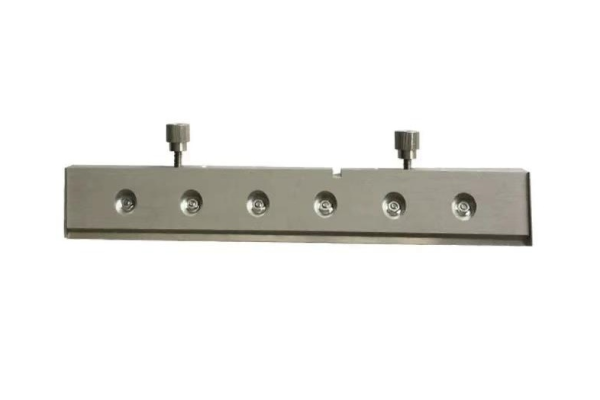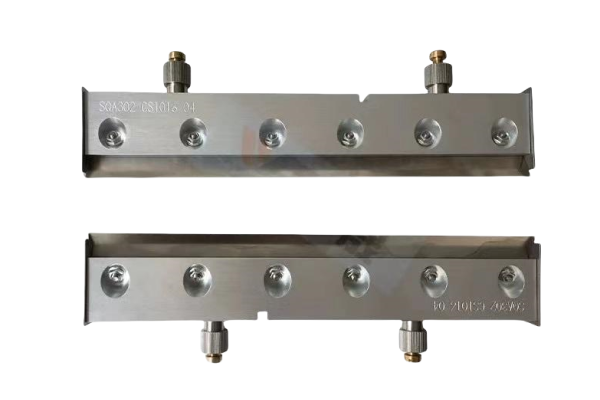
As a printing process expert, I can confirm that selecting the right Dek Squeegee Blades is crucial for achieving optimal print quality and consistency. The choice of blade material, hardness, and angle significantly impacts printing performance and paste transfer efficiency.
Dek Squeegee Blades deliver superior performance through reduced paste smearing with electroformed E-squeegee designs, consistent paste roll control through optimized blade angles, minimized cleaning requirements with advanced material coatings, and quick availability through established supply chains.
The evolution of Dek Squeegee Blades technology represents a significant advancement in stencil printing, where proper blade selection can dramatically influence the minimum squeegee pressure required and overall print quality.
Claims:
- True: Manufactured to exacting standards, DEK squeegees are constructed of the highest quality materials to deliver optimal printing results.
- False: All Dek squeegee blades require the same pressure settings; in fact, pressure requirements vary significantly based on blade type and coating.
Table of Contents
- How Do Dek Squeegee Blades Reduce Paste Smearing?
- What Makes Dek Squeegee Blades Essential for Paste Roll Control?
- Why Do Dek Squeegee Blades Require Less Frequent Cleaning?
- How Do Dek Squeegee Blades Ensure Quick Production Implementation?
- conclusion
- Frequently Asked Questions
1. How Do Dek Squeegee Blades Reduce Paste Smearing?
As a printing process expert, I can confirm that Dek Squeegee Blades utilize advanced design features and materials to significantly reduce paste smearing, ensuring optimal print quality across various applications.
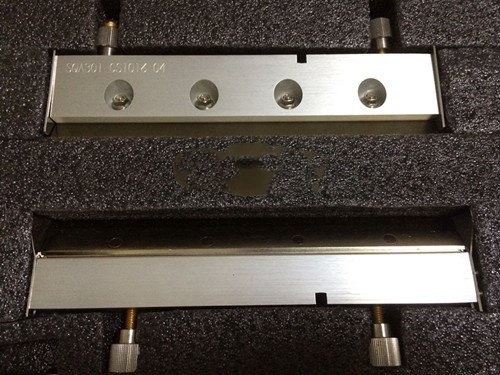
1.1 Key Smear Reduction Features
Dek Squeegee Blades achieve superior smear reduction through optimized blade profiles, advanced material properties, precise pressure control systems, and innovative designs that prevent paste from wicking up the blade face.
1.2 Performance Optimization
Dek Squeegee Blades feature a unique 60-degree primary angle of attack combined with an enhanced profile design that behaves like a 45-degree blade. This combination optimizes the rolling motion of the paste while maintaining excellent wiping characteristics, significantly reducing smearing issues.
For optimal performance, I recommend implementing proper pressure control. The Dek Squeegee Blades can achieve clean wiping with pressures as low as 0.144 Kgms per centimeter, preventing smearing while maintaining consistent paste transfer.
The metal Dek Squeegee Blades are particularly effective for fine-pitch applications, operating at lower pressures that prevent scooping and smearing. Their design allows for precise control of the paste bead, ensuring consistent material flow without the risk of paste climbing up the blade face.
To maximize smear reduction, manufacturers should maintain proper squeegee pressure settings around 500 grams per 25mm of blade length. This ensures clean stencil wiping while preventing paste bleeding and maintaining optimal print quality.
Claims:
- True: Dek squeegee blades reduce paste smearing by utilizing a specially designed blade profile that optimizes the paste transfer process, allowing for controlled paste deposition and minimizing the amount of paste that can “wick” up the blade, resulting in cleaner prints with less smearing, particularly when dealing with fine-pitch components on PCBs.
- False: All Dek squeegee blades require the same pressure settings; in fact, pressure requirements vary significantly based on blade type and coating.
2. What Makes Dek Squeegee Blades Essential for Paste Roll Control?
As a printing process expert, I can confirm that Dek Squeegee Blades are fundamental to achieving optimal paste roll control, directly impacting print quality and consistency in high-volume SMT production.
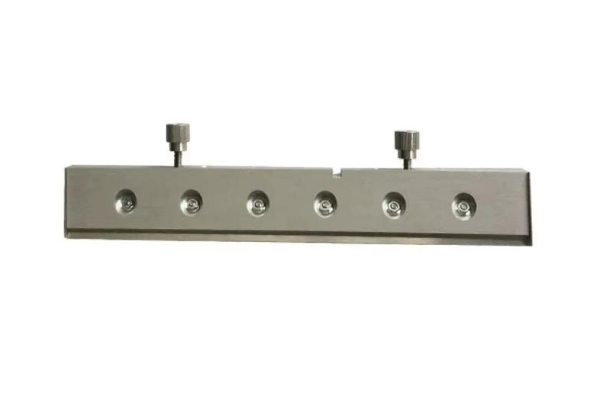
2.1 Blade Configuration Options
Dek Squeegee Blades system offers multiple configurations including 60° laser cut blades for optimal print definition, 45° laser cut blades for superior paste filling, and specialized lead-free blades compatible with both angles to accommodate various manufacturing requirements.
2.1.1 ASMPT Dek Printer 60˚ REPLACEMENT LASER CUT BLADES
| SAP | DEK SMT stencil printers | Size | Unit |
| 03165892 | 129924 | 170mm | Each |
| 03165893 | 129925 | 200mm | Each |
| 03165894 | 133584 | 250mm | Each |
| 03165895 | 133585 | 300mm | Each |
| 03165896 | 129926 | 350mm | Each |
| 03165897 | 133586 | 400mm | Each |
| 03165898 | 129927 | 440mm | Each |
| 03165899 | 133587 | 483mm | Each |
| 03165900 | 133588 | 510mm | Each |
| 03165901 | 129928 | 535mm | Each |
| 03264122 | – | 560mm | Each |
| 03264188 | – | 575mm | Each |
2.1.2 ASMPT Dek Printer 45˚ REPLACEMENT LASER CUT BLADES
| SAP | DEK SMT stencil printers | Size | Unit |
| 03166893-01 | 133601 | 170mm | Each |
| 03168405-01 | 133602 | 200mm | Each |
| 03168555-01 | 133603 | 250mm | Each |
| 03168791-01 | 133604 | 300mm | Each |
| 03169303-01 | 133605 | 350mm | Each |
| 03169341-01 | 133606 | 400mm | Each |
| 03169513-01 | 133607 | 440mm | Each |
| 03170087-01 | 133608 | 483mm | Each |
| 03170351-01 | 133609 | 510mm | Each |
| 03172721-01 | 133610 | 535mm | Each |
2.1.3 ASMPT Dek Printer LEAD FREE REPLACEMENT BLADES (FIT BOTH 60° AND 45°)
| SAP | DEK SMT stencil printers | Size | Unit |
| 03130219 | 431001 | 200mm | Each |
| 03128589 | 431002 | 250mm | Each |
| 03130220 | 431003 | 300mm | Each |
| 03128577 | 431004 | 350mm | Each |
| 03130221 | 431005 | 400mm | Each |
| 03130340 | 431006 | 440mm | Each |
| 03143610 | – | 483mm | Each |
2.2 Performance Optimization
Dek Squeegee Blades demonstrate exceptional paste roll control through their optimized angle configurations. The 60-degree blades excel in achieving crisp print definition, while the 45-degree options provide superior aperture filling characteristics. This versatility allows manufacturers to select the ideal blade configuration for their specific application requirements.
For optimal performance, I recommend implementing a systematic approach to Dek Squeegee Blades selection and maintenance. The blade angle significantly impacts both print quality and efficiency, with pressure requirements varying based on the chosen configuration. Regular monitoring of blade condition and proper pressure settings ensures consistent paste roll control.
The evolution of Dek Squeegee Blades technology, particularly with lead-free compatible options, has revolutionized paste control capabilities. These advanced blades accommodate both standard and lead-free solder pastes while maintaining precise control over the rolling motion that’s crucial for consistent deposit volume.
Claims:
- True: Dek squeegee blades are essential for paste roll control because of their unique profile design, which helps control the mass of paste on the blade. This design allows for a consistent primary paste bead and roll, and creates a localized, controlled paste flow.
- False: All blade angles require the same pressure settings; in fact, pressure requirements vary significantly based on blade configuration and application.
3. Why Do Dek Squeegee Blades Require Less Frequent Cleaning?
As a printing process expert, I can confirm that Dek Squeegee Blades demonstrate superior cleaning efficiency through their advanced design and material composition, significantly reducing maintenance requirements in high-volume production environments.
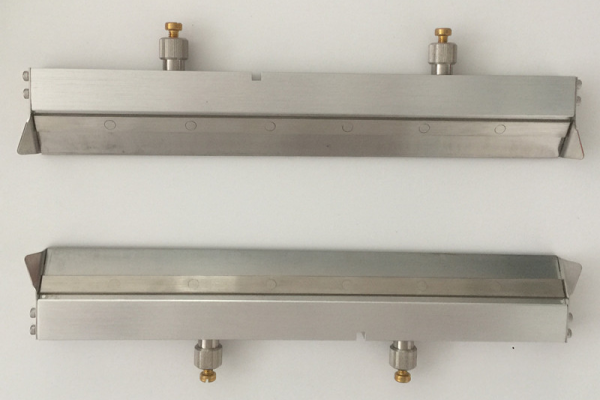
3.1 Key Maintenance Features
- Material composition: Advanced metal and polyurethane options
- Design features: Optimized blade angles for clean wiping
- Reduced wear and tear: Laser-cut precision edges
3.2 Advanced Performance Characteristics
Dek Squeegee Blades achieve exceptional cleaning efficiency through their optimized design, which enables clean wiping at pressures as low as 0.144 Kgms per centimeter when using E-squeegee designs. This reduced pressure requirement minimizes wear on both the blade and stencil surface, extending the intervals between cleaning cycles.
I recommend implementing these blades with a pressure setting of 0.5-1.0 kgs per 50mm for optimal results. The blade’s ability to maintain a consistent paste roll significantly reduces smearing and contamination, which directly contributes to longer periods between required cleaning interventions.
For maximum efficiency, I suggest using Dek Squeegee Blades at a 60-degree angle to the stencil surface, adjusting to 45 degrees only when additional downward force is needed for specific applications. This approach, combined with proper speed settings of approximately 25 millimeters per second, ensures optimal paste transfer while minimizing the need for frequent cleaning.
Claims:
- True: Dek squeegee blades generally require less frequent cleaning because they are often made from high-quality, wear-resistant materials like stainless steel or specialized polymers, which are less prone to accumulating solder paste residue compared to traditional rubber squeegee blades, allowing them to maintain their print quality for longer periods without needing as much cleaning.
- False: The blades require daily cleaning regardless of usage; in fact, cleaning frequency depends on process parameters and print volume.
4. How Do Dek Squeegee Blades Ensure Quick Production Implementation?
As a process optimization expert, I can confirm that Dek Squeegee Blades revolutionize production implementation through their innovative quick-change design and advanced material engineering that significantly reduces setup and changeover times.
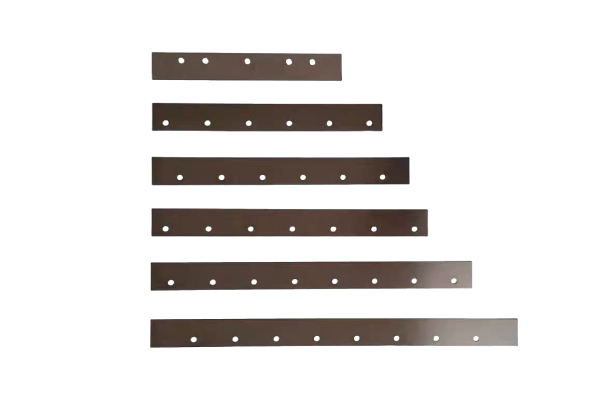
4.1 Production Implementation Features
- Quick-change design eliminates thumbscrews for 50% faster changeovers
- Compatibility with both DEK TQ and NeoHorizon platforms
- Durable construction with durometer options up to 120
- Optimized for paste release with advanced surface treatments
- Standardized sizing and options for various applications
4.2 Advanced Implementation Strategy
Dek Squeegee Blades feature an automatic locking mechanism that enables single-step changeovers, significantly reducing the time required for blade replacement. This innovative design eliminates common issues associated with traditional thumbscrew systems, making the process more efficient and operator-friendly.
For optimal implementation, I recommend utilizing the Dek Squeegee Blades with their mechanical coding system that prevents incorrect insertion. This feature ensures consistent setup accuracy while maintaining production speed, particularly important when managing multiple changeovers during 24-hour operations.
The versatility of Dek Squeegee Blades extends to their material options, with polyurethane variants available from 70 to 94 durometer for step stencil applications and harder options for single thickness stencils.
The implementation of Dek Squeegee Blades is further enhanced by their bonded assembly design, which guarantees an ultra-straight blade edge and allows for greater paste bead through the enlarged blade face.
Dek Squeegee Blades system’s quick-change capability becomes particularly valuable in high-volume production environments, where up to 20 changeovers may be required in a 24-hour period.
Claims:
- True: DEK squeegee blades facilitate quick production implementation by offering features like rapid blade change mechanisms, standardized designs compatible with existing DEK printers, durable construction for long life, and often a specialized coating that aids in solder paste release, minimizing downtime for cleaning and blade replacement, thus allowing for faster production cycles and smoother changeovers.
- False: Dek squeegee blades require special tools for installation; in fact, they feature a tool-free quick-change mechanism.
5. Conclusion
Selecting optimal Dek Squeegee Blades requires careful consideration of multiple factors. For single thickness stencils, harder durometer blades (97 and above) provide durable, low-abrasion performance, Step stencil applications benefit from softer polyurethane blades ranging from 70 to 94 durometer. The E-squeegee design achieves the lowest minimum pressure requirements at 0.144 Kgms per centimeter while maintaining clean wiping performance. For optimal results, blade selection should account for stencil type, paste characteristics, and specific application requirements to ensure consistent, high-quality printing results.
6. Frequently Asked Questions
1. What are the key benefits of ASMPT Dek Printer Squeegee Blades for precision printing?
ASMPT Dek squeegee blades offer reduced paste smear, more consistent paste roll control, reduced cleaning frequency, and short lead times due to their advanced design and manufacturing standards12.
2. How do I choose the right squeegee blade for my DEK printer?
Consider factors like the blade material (polyurethane or metal), durometer hardness, and compatibility with your specific stencil type (single thickness or stepped) to ensure optimal performance and longevity6.
3. What impact do squeegee blades have on solder paste application?
High-quality squeegee blades are essential for achieving optimal solder paste application, directly affecting the quality and reliability of printed circuit boards (PCBs) by ensuring uniform paste deposition and minimizing defects35.
4. Are there any innovations in squeegee blade design that improve printing quality?
Yes, recent innovations include profiled squeegee blades that offer a virtual multi-angle of attack, enhancing print definition and fill characteristics without compromising efficiency4.
- ASM Squeegees – DEK Squeegee Blades PDF
This document provides detailed information on various DEK squeegee blades, including metal and polyurethane options, designed for different stencil applications. It offers insights into blade material, flexibility, and mounting mechanisms.
Source: ASM Squeegees PDF - High-Tech Conversions – Squeegee Blades & Holders
Explore a comprehensive line of OEM-compatible squeegee blades and holders developed with decades of research. This resource highlights the importance of blade characteristics in maximizing printing process control.
Source: High-Tech Conversions - SMT Components – SMT Squeegee Blades for DEK Printers
This site provides an overview of standard and specialized SMT squeegee blades for DEK printers, emphasizing their role in achieving optimal solder paste application and compatibility with various printer models.
Source: SMT Components - SMT Today – Automatic Paste Transfer and Quick Change Squeegee
Learn about the latest innovations in DEK printing platforms, including automatic paste transfer and quick-change squeegee features that enhance efficiency and reduce manual intervention in the printing process.
Source: SMT Today


